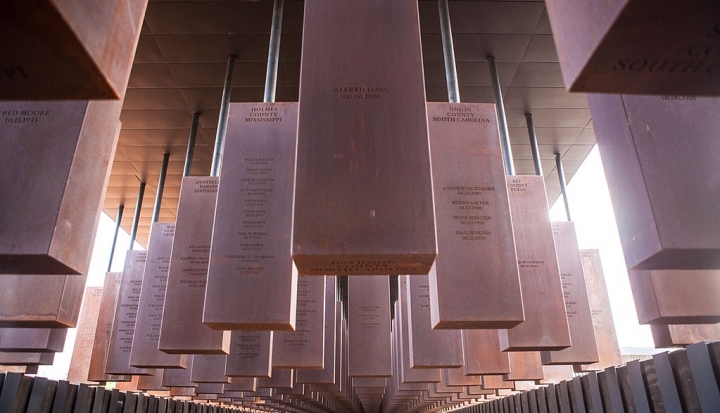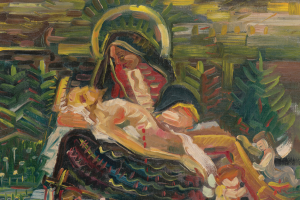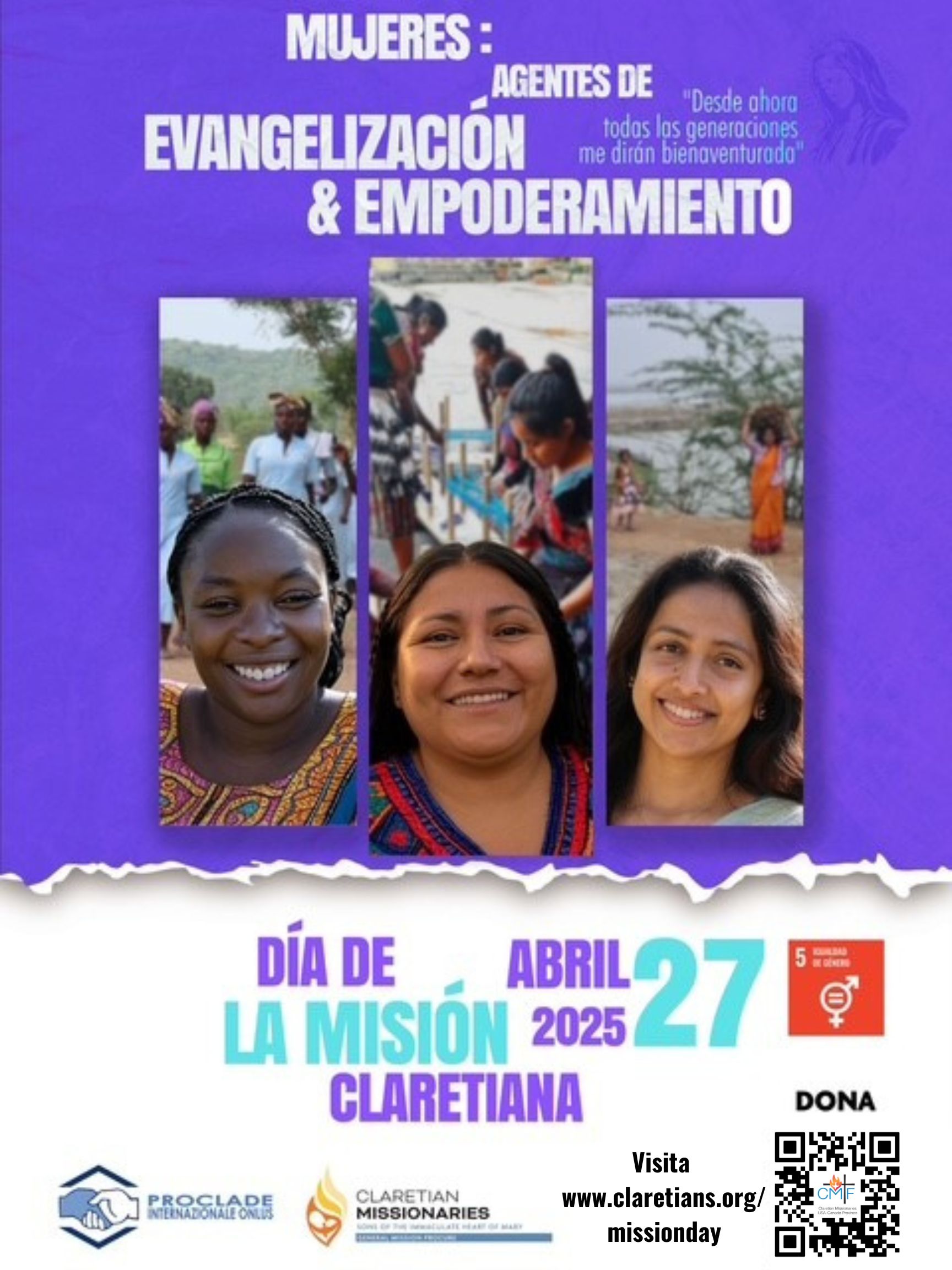Memories are an important part of being human. When we come together for family meals, for example, we often tell stories of shared experiences, anecdotes of relatives long deceased, and tearful reminiscences of tender moments of pain and loss. The memories tell us who we are, how we came to be, and offer inspiration for the future. Memories are a key to identity.
But memory can be tricky and mistaken. As an old-school pop song declares, “What’s too painful to remember, we simply choose to forget.” Memories can be incomplete and even suppressed. We often tell only partial stories, those that put ourselves and our own in the most favorable light. Families, communities, and nations are defined not only by what they choose to remember but also by what they choose to forget.
Recently I visited the National Memorial for Justice and Peace in Montgomery, Alabama. It is the nation’s first memorial dedicated to the lives of African Americans terrorized by horrendous acts of lynching. These executions—acts of mob violence that included shootings, hangings, and burnings often accompanied by excruciating dismemberment—were public spectacles and widely advertised events that occurred with the knowledge of government officials and the silent collusion of white churches.
The centerpiece of the six-acre memorial is a pathway past over 800 steel monuments, one for each county in the nation where terror lynchings occurred. On these slabs are inscribed the names of those killed in these places and the date of their executions. Among the most moving are more than 4,000 posts with “Unknown” for the name. But the most haunting pillar is the final one, inscribed: “This column stands in honor of the countless thousands of men, women, and children who are undocumented victims of racial terror and lynching. While we have collected the names, dates, and stories for more than 4,000 racial terror lynchings . . . the true number of victims is dramatically higher. . . . Although their names and stories may never be known, we remember and mourn all whose lives were lost during this tragic era of racial terror.”
“Do this in memory of me.” At every Mass, we hear the command to remember the life of Jesus and his inclusive table fellowship. The Eucharist is our family story; the memory of Jesus tells us who we are. We are commanded by Jesus to rightly and fully remember his ministry for the ostracized—and then not only to remember but to act: to do as Jesus did by building communities where all are welcome and respected.
As Christians, we often gloss over the radical nature of Jesus’ wide embrace. Memories of Jesus, as one theologian rightly notes, can be “dangerous.” They require changes and conversions that are uncomfortable and threatening. Likewise, as a nation we have remembered the lives of those who defended white supremacy through monuments and plaques throughout the South; the discomforting memory of those who perished because of their actions and ideology has been too long suppressed because it challenges our preferred national story.
“Do this in memory of me.” Rightly and fully remembering, Jesus tells us, is the key to authentic identity and eternal life. The lynching memorial ends with a wall of flowing water bearing these words: “For the hanged and beaten. For the shot, drowned, and burned. For the tortured, tormented, and terrorized. For those abandoned by the rule of law. We will remember. With hope because hopelessness is the enemy of justice. With courage because peace requires bravery. With persistence because justice is a constant struggle. With faith because we shall overcome.”
This article also appears in the September 2019 issue of U.S. Catholic (Vol. 84, No. 9, page 10).
Image: Wikimedia Commons cc













Add comment